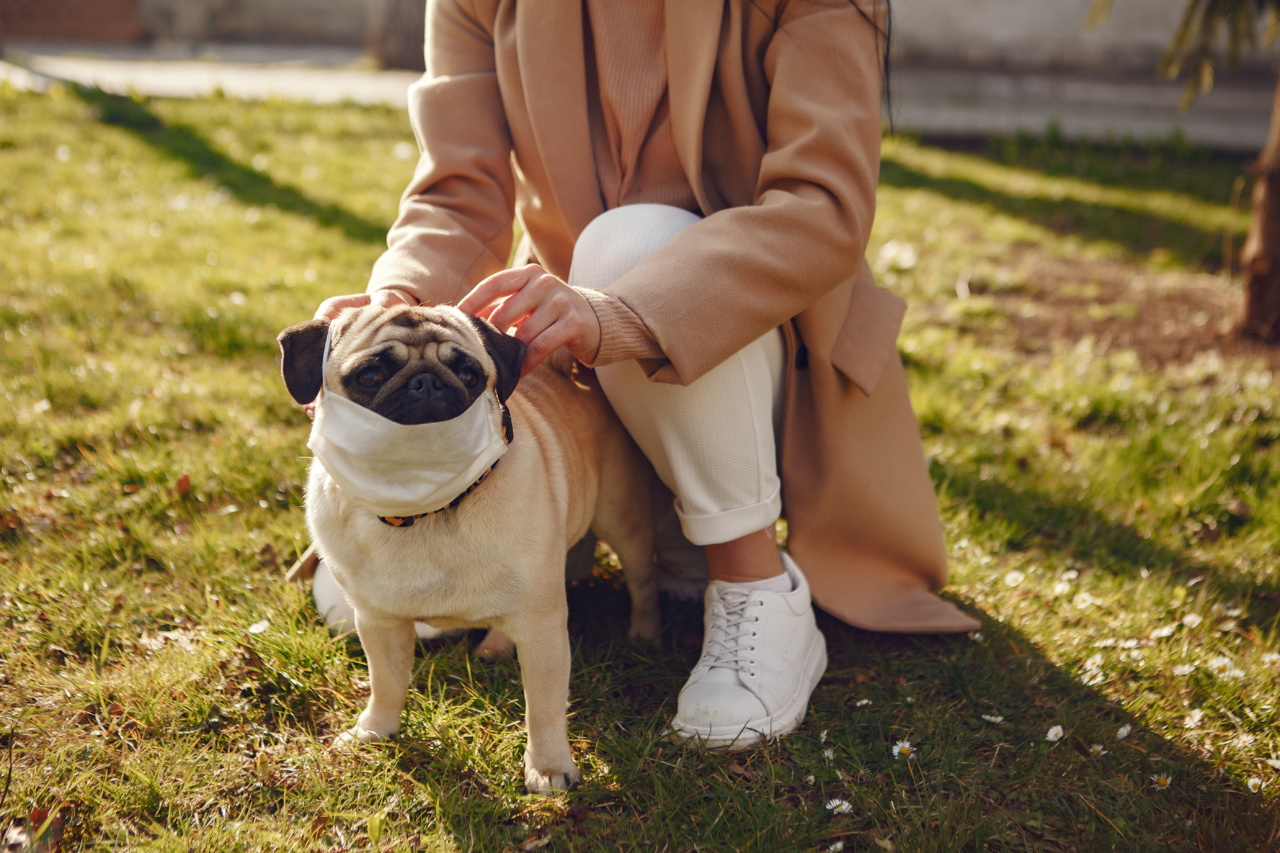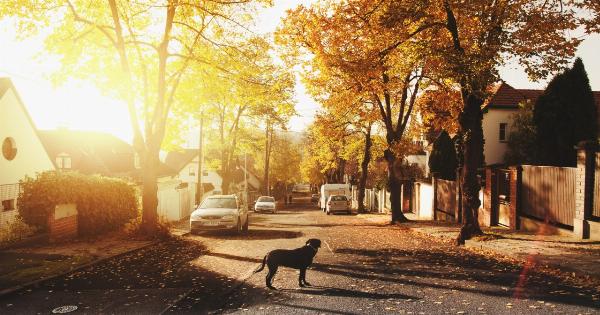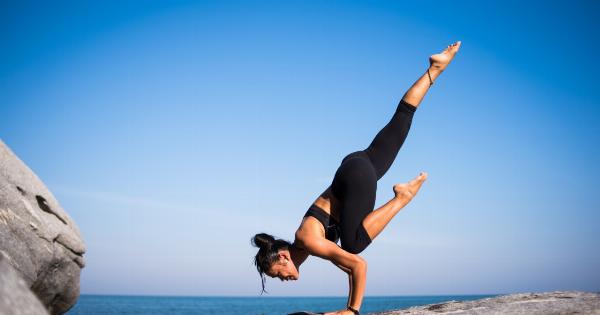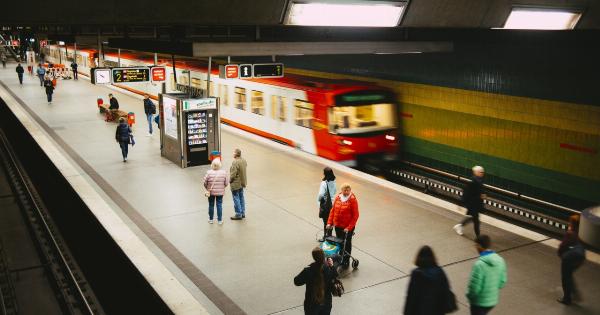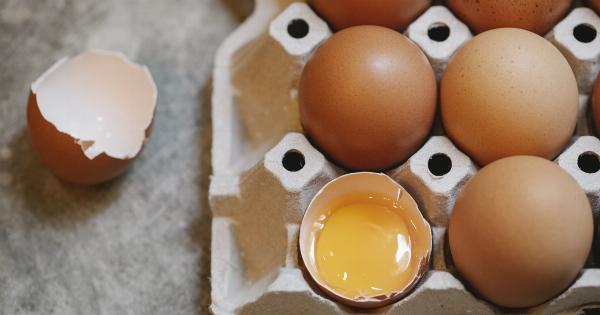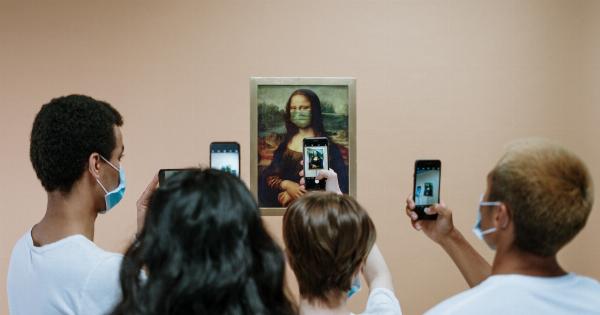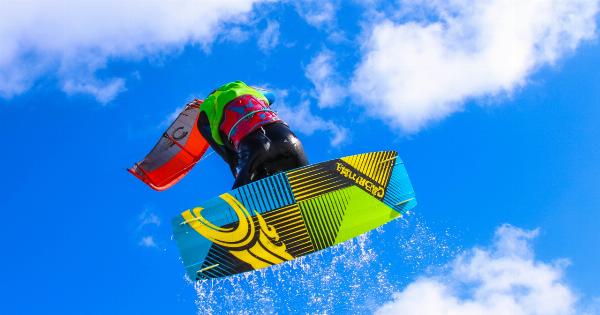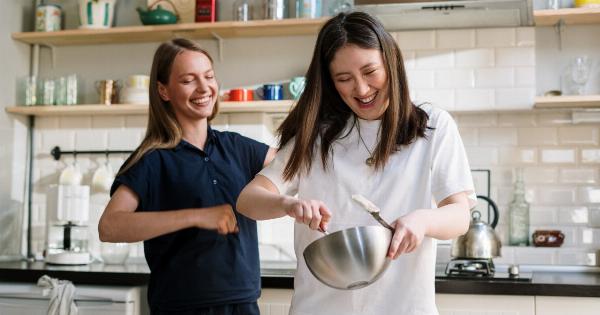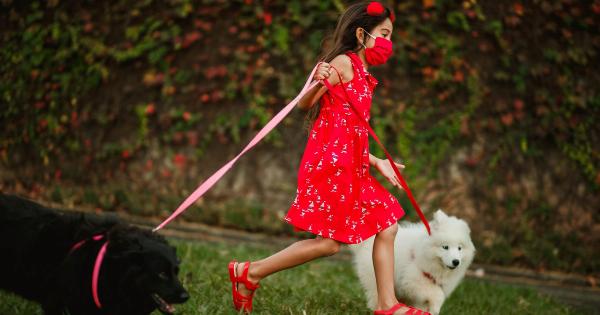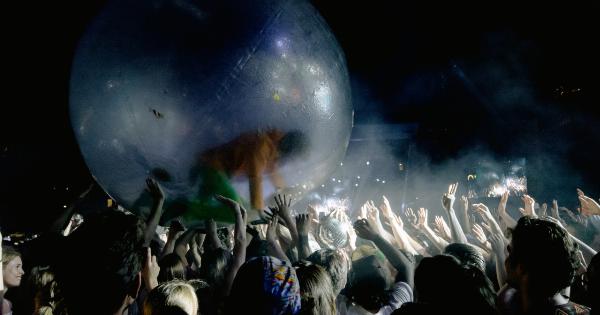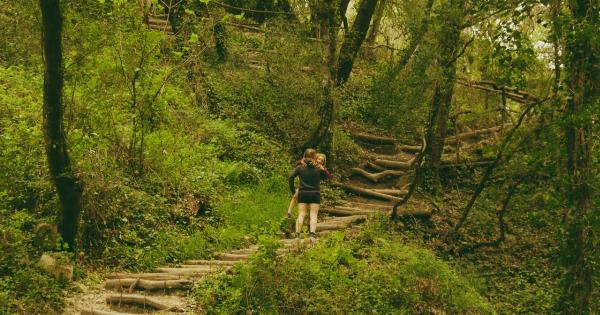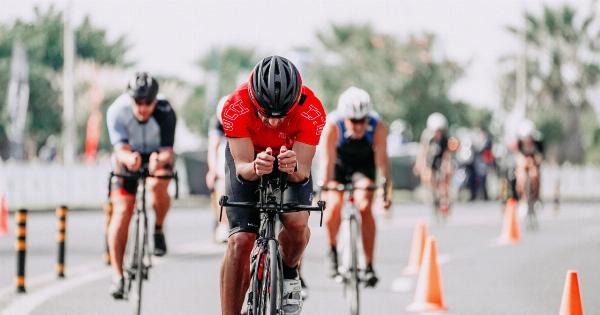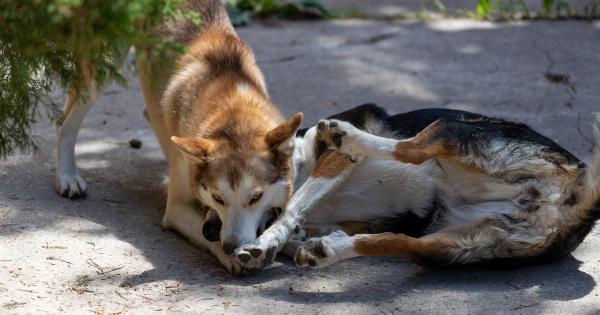Bringing your puppy to a dog park for the first time can be an exciting and enriching experience for both you and your furry friend.
Dog parks provide a safe and controlled environment for puppies to socialize and exercise, but it’s crucial to ensure their safety during this new adventure. To help you make your puppy’s first dog park experience a positive one, here are some important safety tips to keep in mind.
1. Vaccinations and Health Checkup
Prior to taking your puppy to a dog park, make sure they have received all their necessary vaccinations and have undergone a thorough health checkup.
Vaccinations, such as those for parvovirus and distemper, are essential to protect your pup from contagious diseases they might encounter while interacting with other dogs at the park.
2. Choose the Right Dog Park
Not all dog parks are created equal. Do some research to find a well-maintained and properly fenced dog park in your area.
Look for parks that have separate areas designated for small and large dogs to prevent any potential rough play that could harm your puppy. A clean and secure environment ensures a safer experience for your pup.
3. Observe from a Distance
Before entering the dog park, take a few minutes to observe the behavior of the dogs already present. Pay attention to their energy levels, the way they interact with each other, and how their owners manage them.
This will give you a better understanding of the park dynamics and help you assess whether it’s a good fit for your puppy at that moment.
4. Gradual Introductions
When it’s time for your puppy to enter the dog park, introduce them gradually. Start by allowing them to explore the park on a leash before taking it off.
This controlled introduction helps your puppy acclimate to the surroundings and reduce any anxiety or fear they might have during their first visit.
5. Supervise at All Times
Never leave your puppy unattended at the dog park. Even if the park seems safe and the other dogs well-behaved, accidents can happen. Always keep a close eye on your pup to ensure their safety and intervene if necessary.
Watch out for signs of distress, bullying, or any aggressive behavior from other dogs.
6. Avoid Overcrowded Times
During your puppy’s initial visits, try to avoid peak hours when the dog park is likely to be overcrowded. Large crowds can overwhelm your puppy and increase the chances of altercations or accidents.
Choose quieter times, such as early mornings or weekdays when there are fewer dogs at the park.
7. Keep Toys and Treats to a Minimum
While it may be tempting to bring your puppy’s favorite toys and treats to the dog park, it’s best to keep them to a minimum during their first few visits.
Toys and treats can attract unwanted attention from other dogs and potentially lead to conflicts. Focus on allowing your puppy to socialize and interact naturally with their new furry friends.
8. Practice Proper Recall
Before venturing into a dog park, ensure that your puppy has a solid recall command. Being able to call your pup back to you reliably is crucial in case of emergencies or if they start displaying signs of discomfort or fear.
Practice recall in a controlled environment before testing it out at the dog park.
9. Hydration and Breaks
Puppies can easily get exhausted during their first dog park experience. Make sure to bring plenty of fresh water for both you and your pup. Take regular breaks in shaded areas, allowing your puppy to rest and cool down.
Overexertion can lead to dehydration, overheating, and an overall negative experience.
10. Trust Your Instinct
As a responsible dog owner, trust your instincts when it comes to your puppy’s safety.
If you sense any potential dangers or your puppy appears uncomfortable in the dog park environment, don’t hesitate to leave and try visiting at another time. It’s essential to prioritize your puppy’s well-being over the need to socialize.
By following these important safety tips, you can ensure that your puppy’s first dog park experience is both enjoyable and safe.
Proper preparation, careful observation, and continuous supervision will create a positive environment for your pup to socialize and grow into a well-adjusted adult dog.
